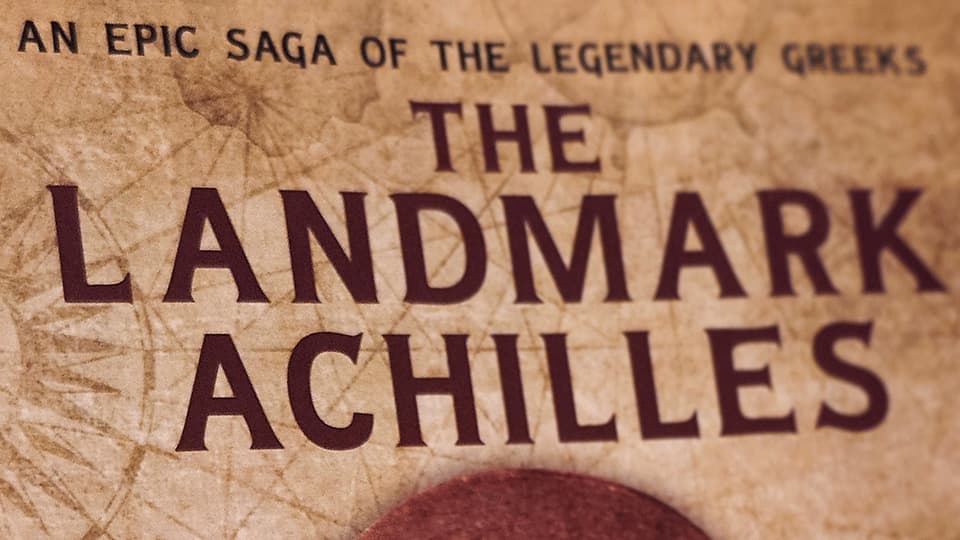This book looks at the Bronze Age Mediterranean (3200-1200 BC), focusing on the Greeks, their kings, and the Trojan War. It explores the story of Achilles, his family, and the truth about Homer’s war. James also discusses the discovery of Troy and the Hittite clay tablets that tell of wars in the region. The book ends by explaining the collapse of the Bronze Age and its connection to today.
James has an incredibly diverse career ranging from behavioural technology to archaeology. When asked how his background in psychology and international leadership influenced his research approach, he said:
“After a military tour in the Far East serving in the field of aviation, I became a Research Analyst in Washington, DC, collecting and analysing data, questioning, and reaching sound conclusions. This with my youthful upbringing in ancient Greek history and culture, my university education in architecture, sociology, psychology, and leadership and management tempered me for my 20 years of archaeological research that was to come.
“Five years in the Middle East with a multinational corporation also allowed me to travel from the deserts of Saudi Arabia, pyramids of Egypt, Petra, the Eastern Mediterranean, and Europe. This broad framework plus membership in the Archaeological Institute of America helped create the multi-disciplinary project management approach I pursued in executing my “Achilles Project.”
James is the President of the Achilles Foundation and spoke about the future projects that he’s excited about:
“Beyond the “Achilles Project” of nailing down the palace site of Achilles and events of the Bronze Age Mediterranean, future projects point to (1) Pergamon, that amazing mountain site about 150 miles southeast of Troy that according to legend was the palace site of Pergamos, grandson of Achilles; (2) the numerous Mycenaean sites I found in Thessaly; (3) the Menelaion, possibly the site of Menelaos’ palace; and (4) the island of Ithaca, homeland of Odysseus.”
He offered the following advice for aspiring historians and archaeologists who want to undertake their own research:
“Be resilient. Field archaeology is a highly closed profession, holding intentions and findings close to the chest, away from the public, to avoid the interest of others. This is understandable for grave robbers, and others intent on benefiting from the illegal art trade. I’ve experienced this among archaeologists I have come across in the field, from sites being off limits, to findings hidden away in locked facilities, often unpublished for years.
“Cultural Resources Management promotes more transparency in archaeology by involving local citizens, a team approach, while working within the limits of the law. Eventually, knowing how to manage a project and motivate people working in often difficult situations is important.”
When asked what he hopes readers will take away from The Landmark Achilles, he said:
“Pages 387-88 of my book list the takeaways I hope that readers will leave with. It boils down to a greater understanding and appreciation of the ancient past: the truth about Homer, his Trojan War, Achilles and his family and other personalities of that time, what 39 years of seasonal excavation reveal at Troy, as well as what the major players of the Bronze Age Mediterranean brought to the table, including factors leading to their demise.”
Dr Brianas completed a PhD at Loughborough University in 1987.
The Landmark Achilles is available on Amazon.
